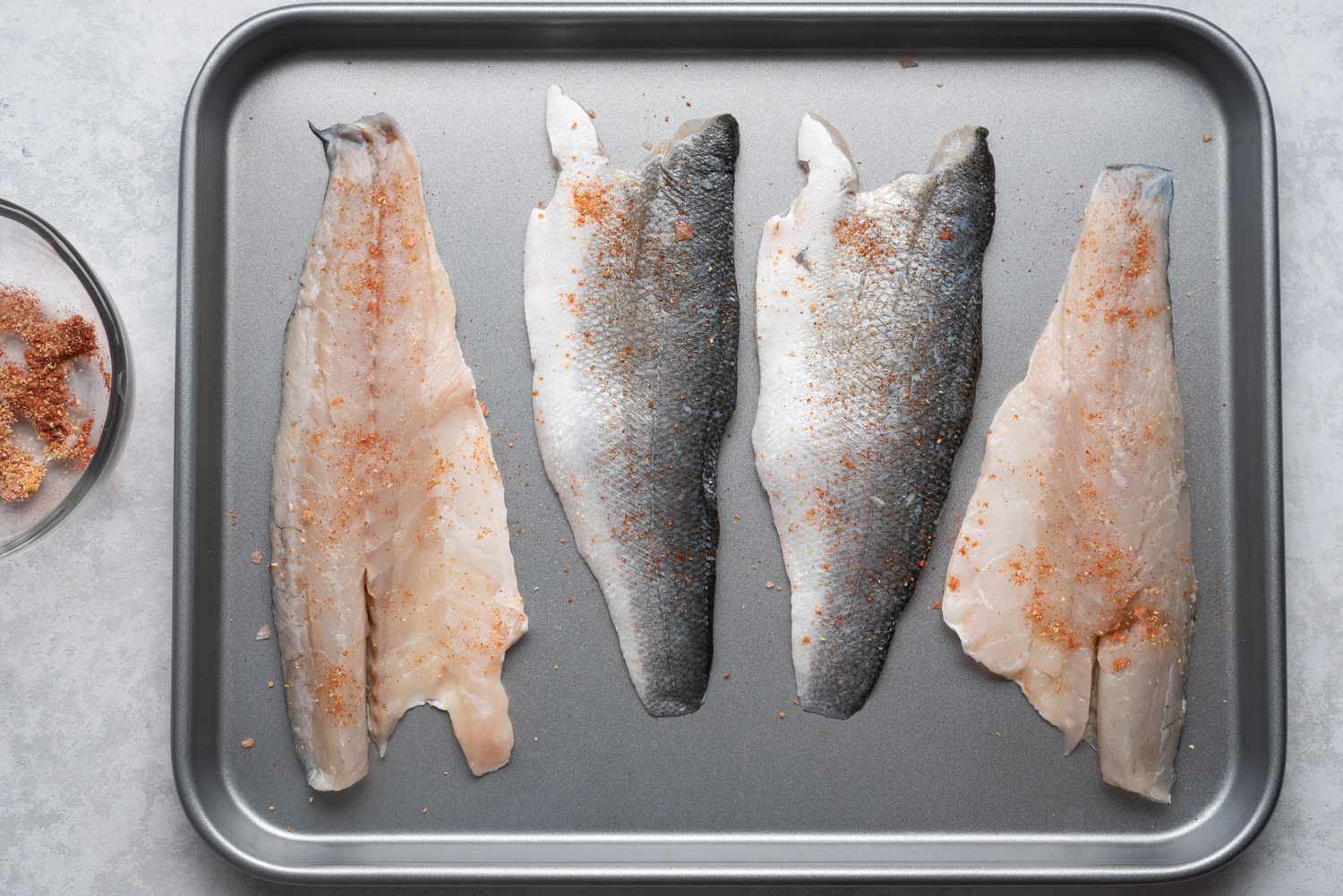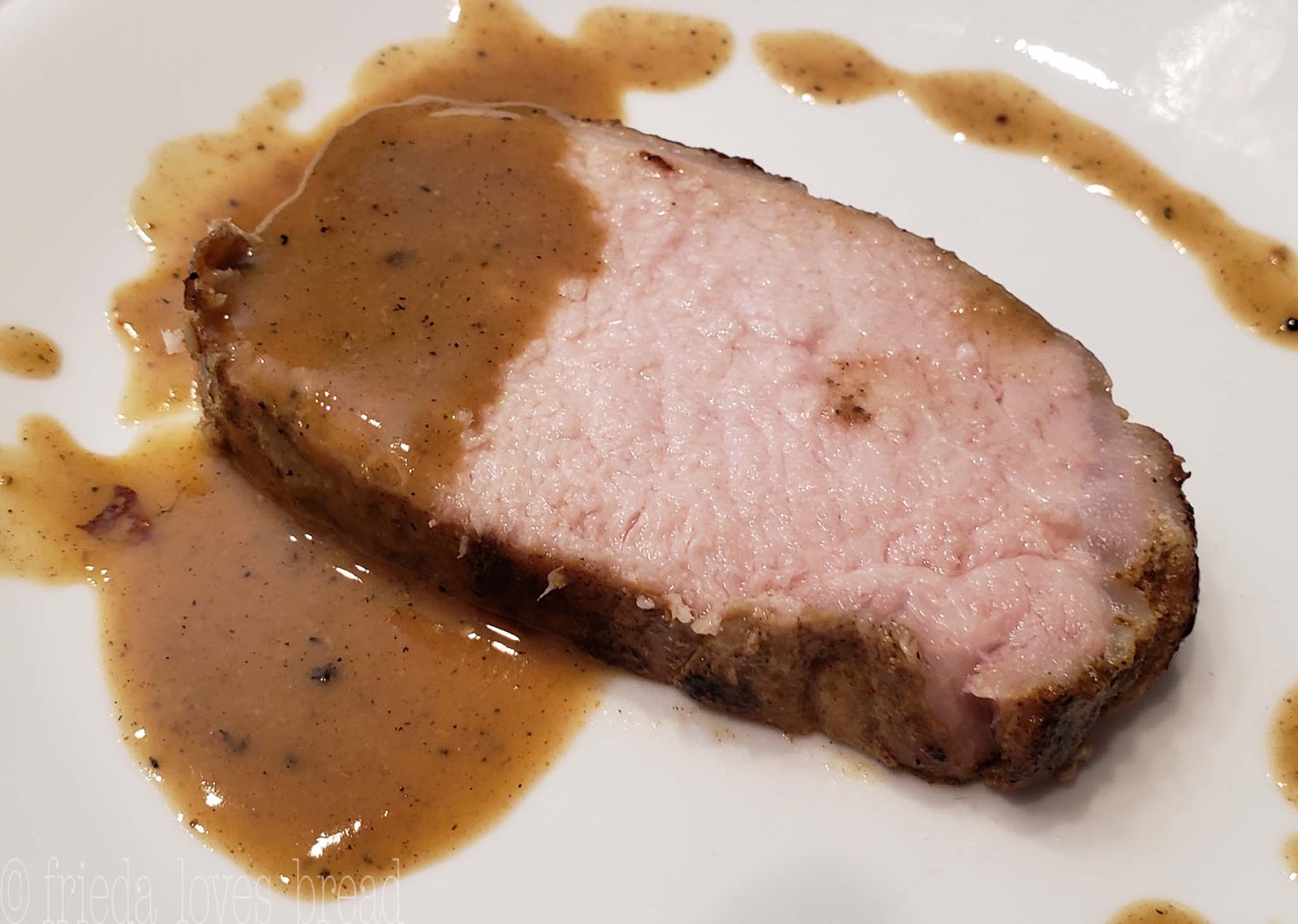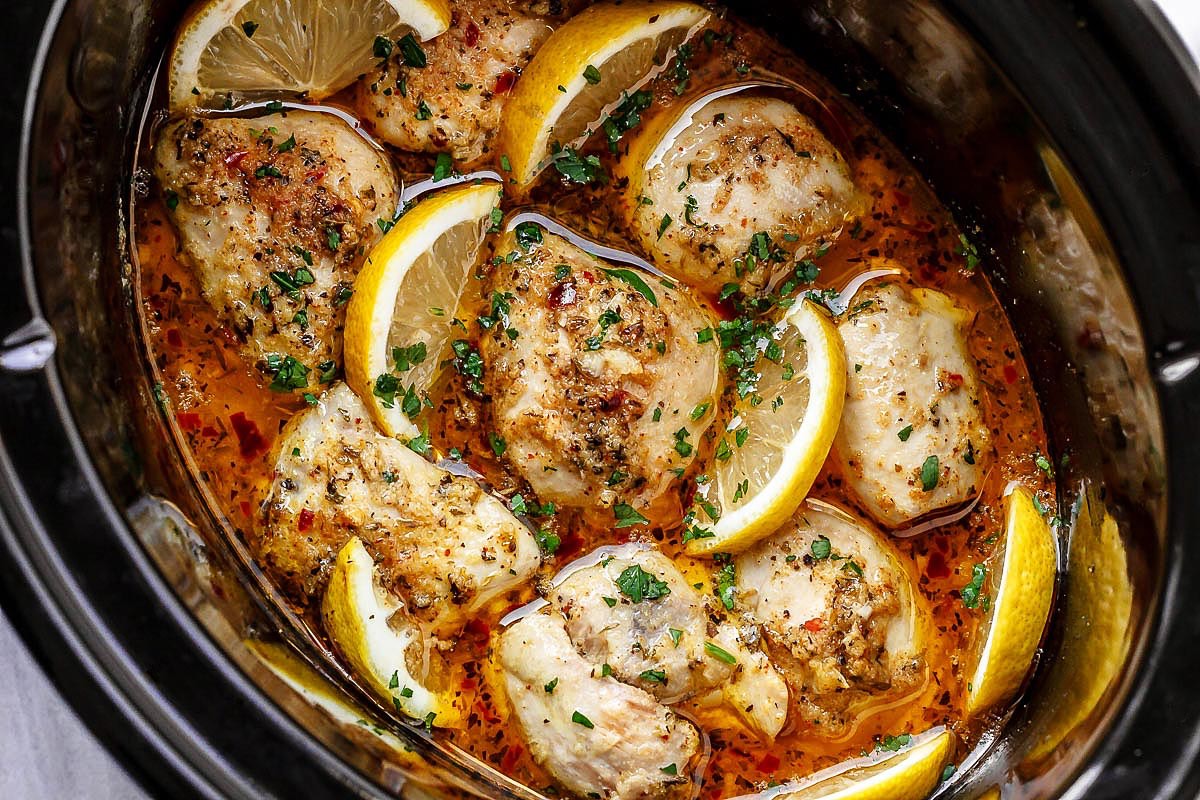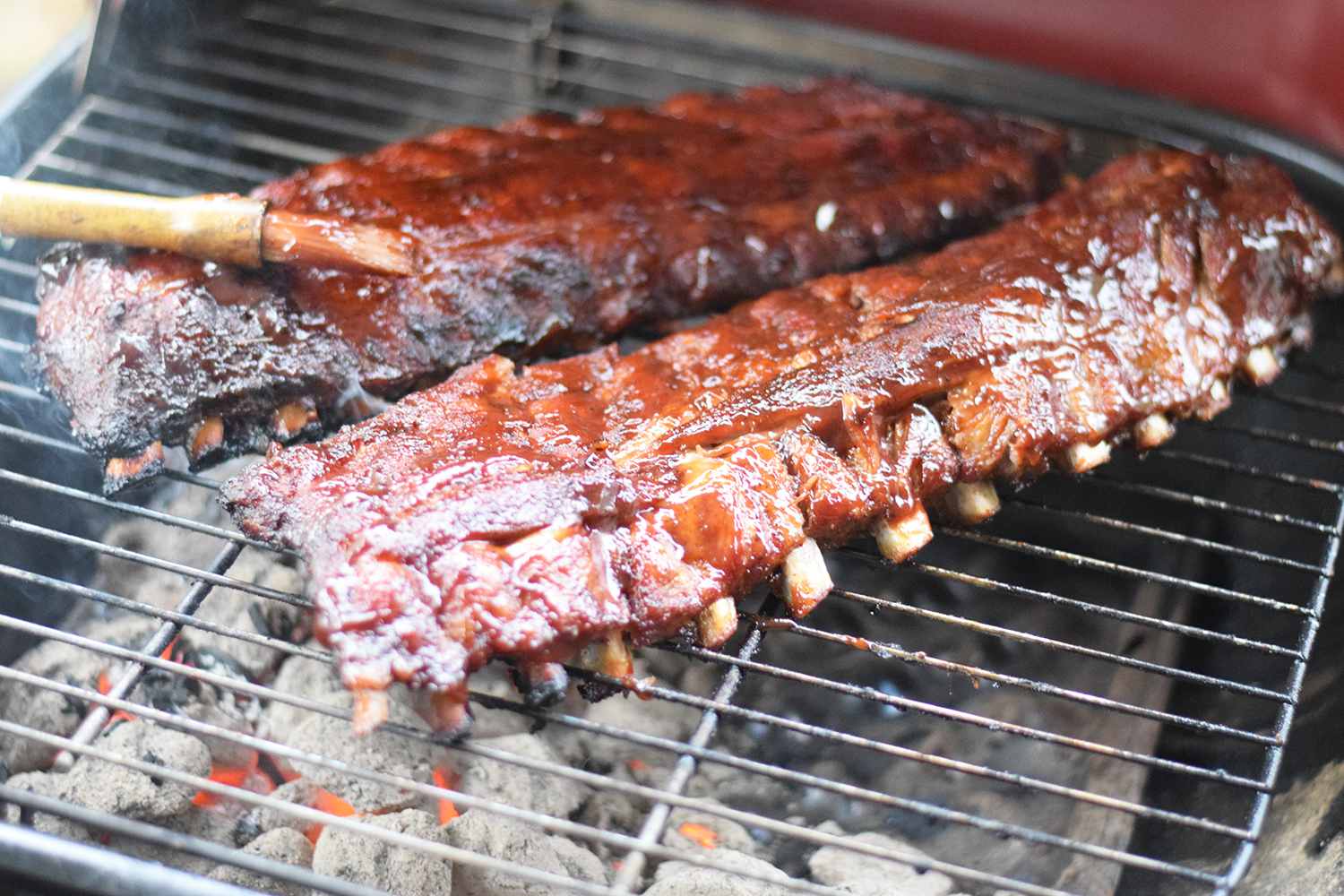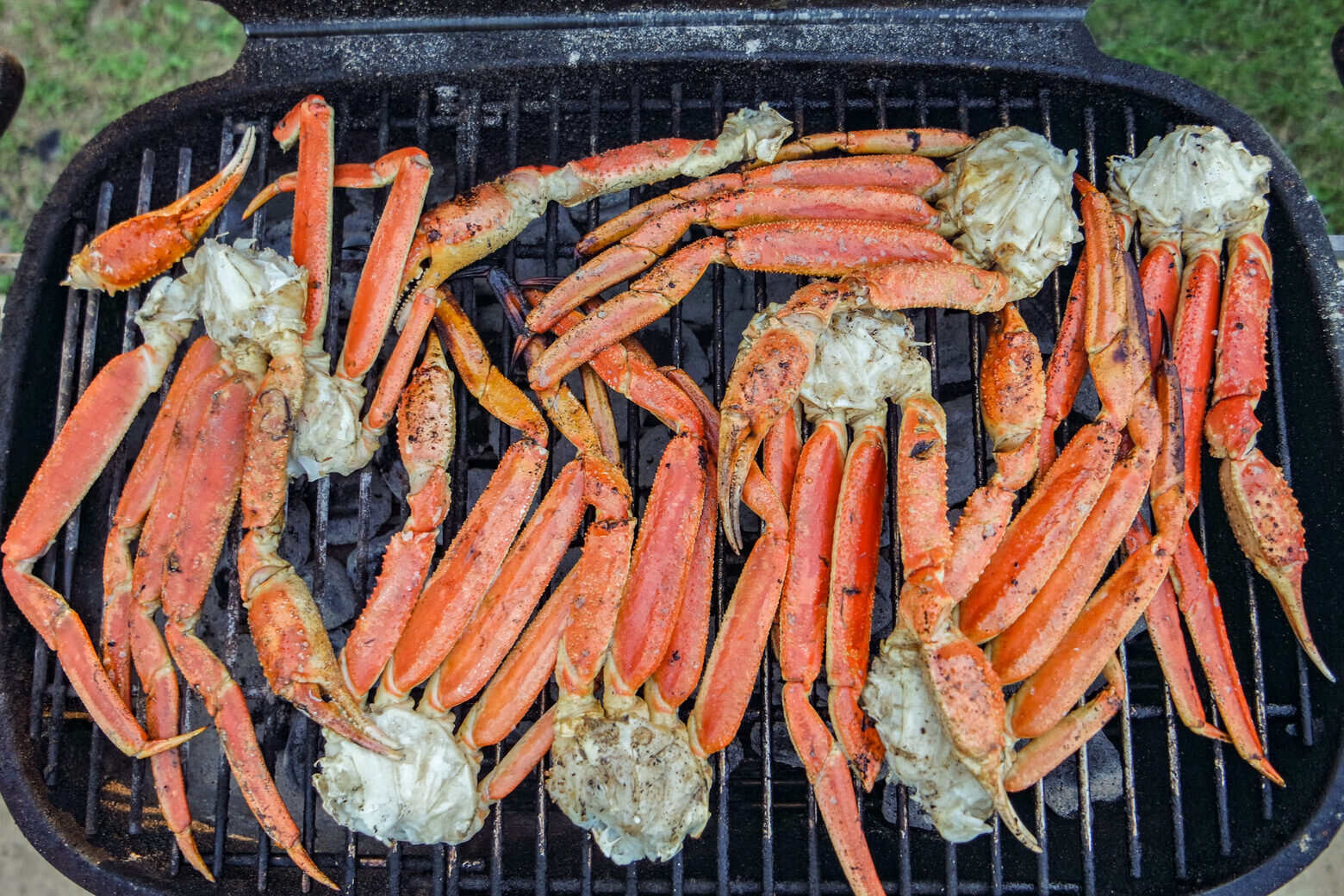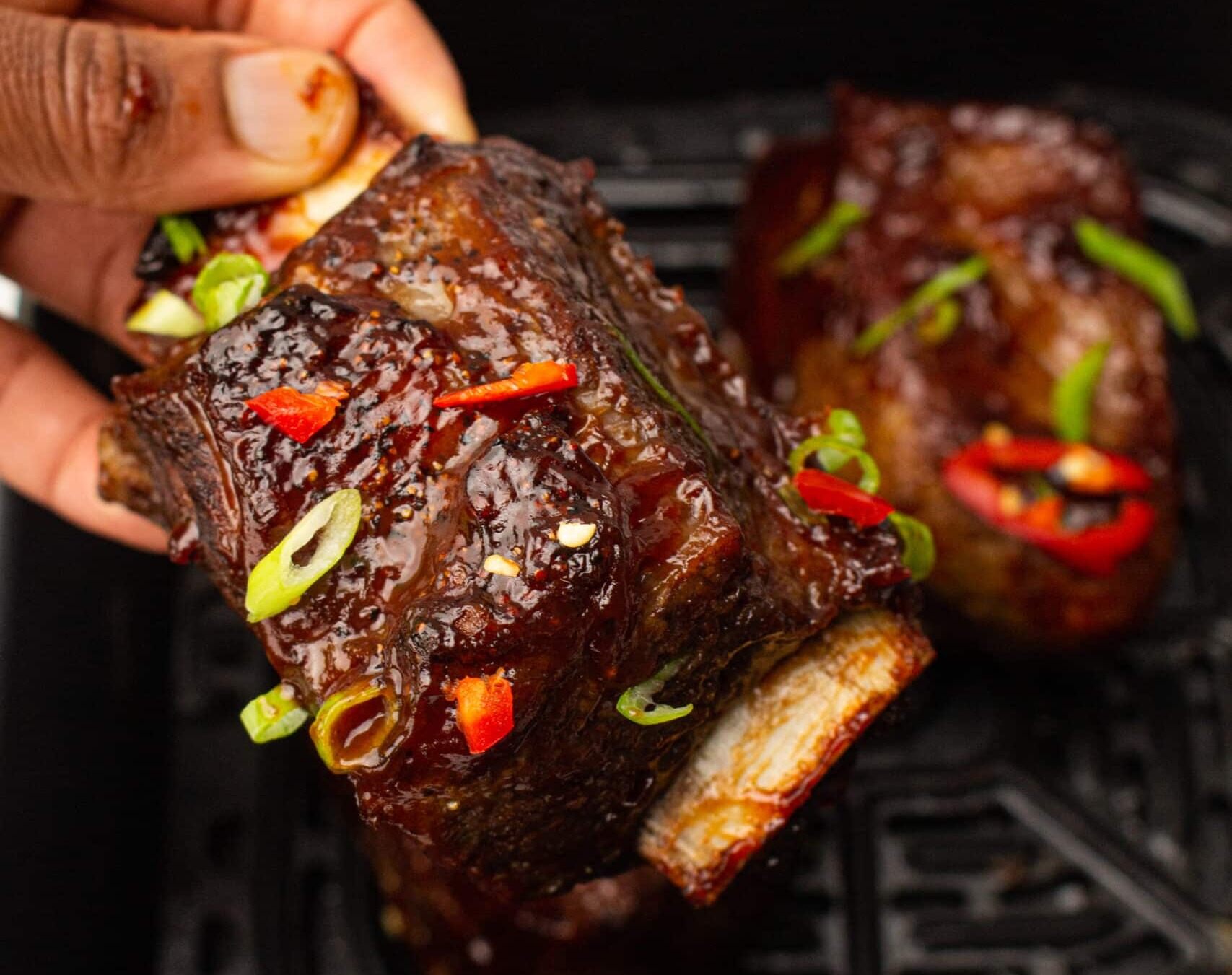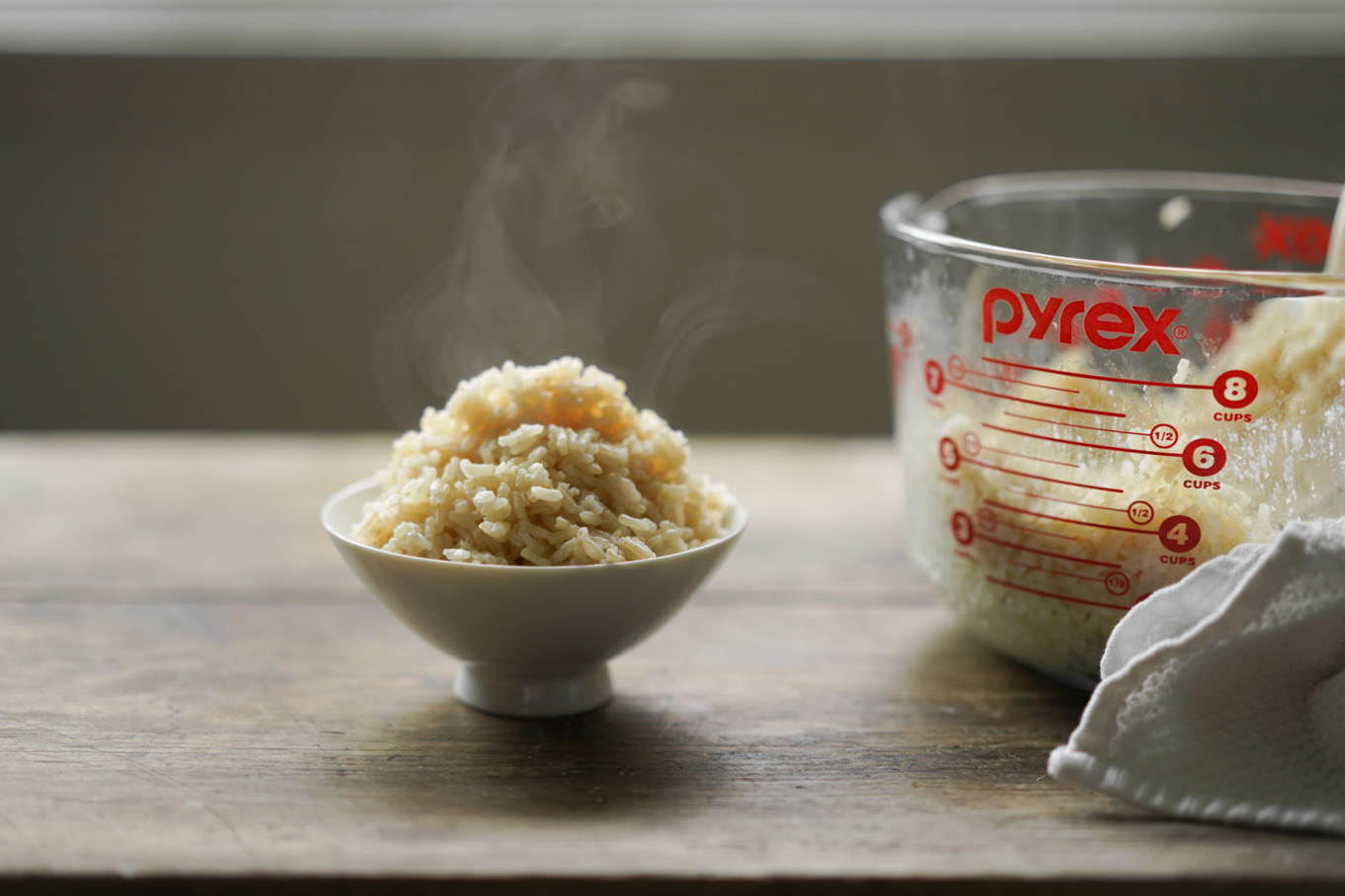How To Cook Gooseberries: A Guide to Unlock the Flavors of These Tangy Gems
Gooseberries, with their vibrant colors and unique tangy flavor, are a delightful fruit that can add a burst of freshness to your culinary creations. Whether you are a seasoned chef or a budding home cook, learning how to cook gooseberries can elevate your dishes to a whole new level. Let’s dive into the various cooking methods and explore the delicious possibilities that these little gems have to offer.
1. Raw
The simplest way to enjoy the natural goodness of gooseberries is by eating them raw. Simply wash the berries and remove any stems or leaves. You can savor their bright, tart flavors by popping them straight into your mouth or incorporating them into fruit salads for a refreshing twist. The tanginess of raw gooseberries pairs particularly well with sweeter fruits like strawberries or peaches.
2. Jams and Preserves
Preserving gooseberries in the form of jams and preserves is a great way to capture their unique flavor and enjoy them year-round. Start by cooking the gooseberries with sugar and a splash of lemon juice to balance the tartness. Gradually bring the mixture to a boil, stirring occasionally until it reaches a thick consistency. Pour the jam into sterilized jars, seal them tightly, and let them cool. Spread the luscious jam on toast, scones, or enjoy it as a tasty filling for pastries and cakes.
3. Pies and Crumbles
Gooseberries are a delightful addition to pies and crumbles, adding a tangy twist to classic desserts. Prepare your favorite pie or crumble crust and fill it with a mixture of gooseberries, sugar, and a touch of flour. The heat of the oven will transform the berries into a soft, juicy filling, perfectly balancing the sweetness of the crust. Serve it warm with a scoop of vanilla ice cream for a heavenly treat.
4. Sauces and Compotes
Gooseberry sauces and compotes are versatile accompaniments that can elevate both sweet and savory dishes. To make a gooseberry sauce, gently cook the berries with sugar and a little water until they soften. Pass the mixture through a sieve to remove any seeds or pulp, resulting in a smooth sauce. This tangy sauce pairs excellently with roasted meats, poultry, or even as a drizzle over vanilla panna cotta for a delectable dessert.
5. Cordials and Syrups
Creating homemade gooseberry cordials and syrups is a wonderful way to enjoy their flavors in refreshing beverages. Simmer gooseberries with sugar and water until they break down and release their juices. Strain the mixture to remove any solids and transfer the liquid into sterilized bottles. Refrigerate the cordial and mix it with sparkling water or add a splash to your favorite cocktails for a zingy and thirst-quenching delight.
Gooseberries are a versatile fruit that lends itself to a myriad of culinary possibilities. Whether you prefer the natural bite of raw gooseberries or the sweetness of their cooked counterparts, these tangy gems are sure to be a hit in your kitchen. So go ahead, experiment with these cooking methods, and unlock the full potential of gooseberries in your dishes. Happy cooking!
Was this page helpful?
Read Next: How To Cook Impossible Ground Beef
